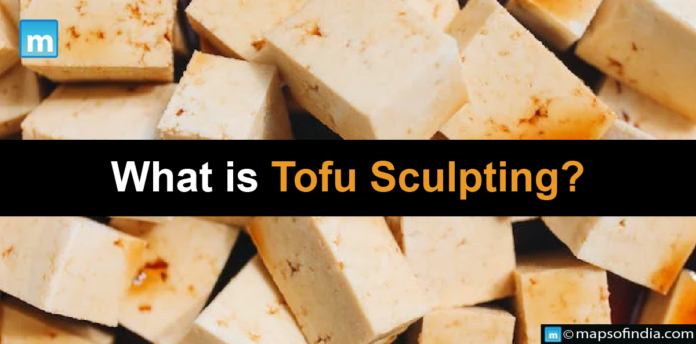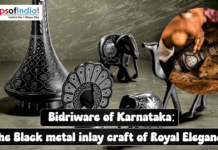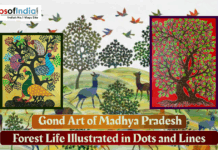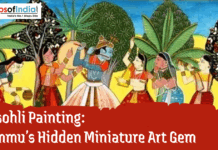Tofu, a versatile and healthful soy-based meal, has long been a mainstay in many people’s diets worldwide. Tofu sculpture, a unique and intriguing art form that takes tofu to a new level of inventiveness, has evolved in recent years. The practice of molding tofu into three-dimensional sculptures is known as tofu sculpting. It is an age-old Chinese tradition that dates back many generations. Since tofu is a delicate and soft substance, the carving is a perfect use for it. Tofu is quite thin, though; therefore, sculptures made of it need to be made with considerable care.
History
Tofu, also known as bean curd, has a 2,000-year history stretching back to ancient China. Tofu was first developed to preserve soybeans and provide a source of protein in Chinese cuisine. Tofu spread throughout Asia and became an essential component of many culinary traditions. Its versatility has led to its employment in savory foods, soups, sweets, and now as a sculpting medium.
On the other hand, tofu sculpture is a relatively new creation, developing as a one-of-a-kind blend of traditional tofu-making skills and modern ingenuity. Its roots can be traced back to Japan, where tofu artisans began to explore the potential of transforming tofu into ornamental and tasty works of art.
Techniques
Tofu sculpting necessitates a delicate touch, a great eye for detail, and a thorough understanding of the qualities of tofu. Here are some of the basic techniques employed in this art form
-
Tofu Selection
The process begins with selecting the appropriate sort of tofu. Extra-firm tofu is typically preferred for sculpting due to its stability and ability to keep its shape. While silken tofu is delicate and smooth, its soft texture makes it more difficult to deal with.
-
Preparation
The tofu block is drained to remove extra moisture before sculpting. This is critical to preserving the structural integrity of the tofu during the sculpting process.
-
Carving and Shaping
Artists utilize various equipment, including knives, sculpting tools, and dental appliances, to carve, shape, and refine the tofu. Precision is essential for obtaining delicate details and realistic textures.
-
Colouring
Food-safe natural dyes or edible paints are frequently utilized to add color and increase the visual appeal of the tofu sculpture. For extra flair, some artists include culinary garnishes like herbs and veggies.
-
Preservation
Tofu sculptures are frequently painted with a thin layer of soy sauce or a mixture of soy sauce and agar, a natural thickener made from seaweed, to keep them looking vibrant and appealing.
Tofu Sculpting as a Culinary Trend
Tofu sculpting has gained popularity in recent years beyond professional artists and chefs. It has become a popular DIY project for food enthusiasts, cooking schools, and food festivals. The internet is teeming with tutorials, videos, and social media posts showcasing amateur tofu sculptors experimenting with this creative culinary art.
Conclusion
Tofu sculpting uniquely combines culinary ability and creative talent, transforming ordinary bean curd into complicated and artistically pleasing sculptures. Its history, techniques, and the works of outstanding artists have made it an intriguing culinary trend, gaining worldwide acclaim.





